Noble Nests of Moscow
Since the XV century the so-called nests used to be "standard Metropolitan areas". The first thing to remember is Kuskovo. The restorers were able to return to the architectural and artistic ensemble of Kuskovo its former luxury look. You can see it in the living room of the Grand Palace, which was built in 1769-1775 under the leadership of architect Karl Blank.
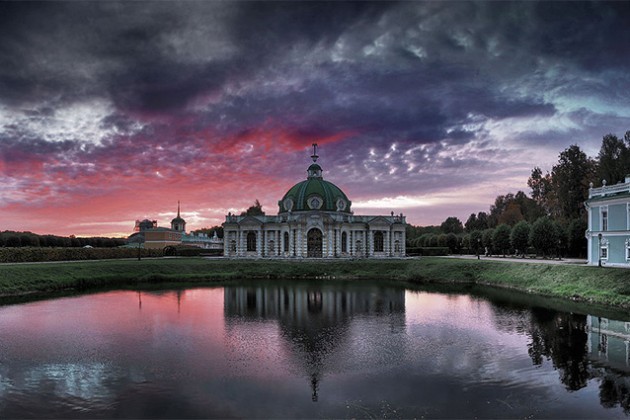
Ostankino and Kolomenskoe are also widely known. Degree of preservation for them is different (sometimes only churches, parks and ponds are reminding about them). There are sixty old estates in our city today, those, which are closer to the center, such as Lefortovo or Trubetskoys' manor in Khamovniki, and more distant, that gave their names to the areas of multi-storey buildings and metro stations: Yasenevo, Philly, Cherkizovo (B. Cherkizovskaya st., d. 125), Sviblovo, Zyuzino (Perekopskaya street 7 & 9), Cheremushki, etc.
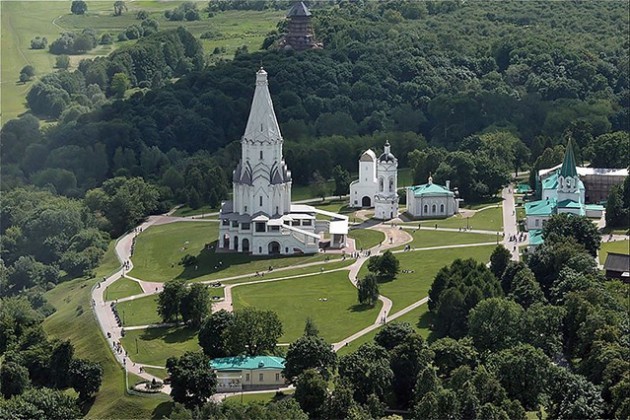
A small village in the North of Moscow, and then the estate of Khovrino (Klinskaya str., 2) received this name in the XV century from its first owner Safarina - Surozh citizen (Greek) from the Crimea, surnamed Khovra, that means a "sloppy pig" in one of the translation variants.
The Greek was rich, he was the owner of Balaclava in the Crimea and was allowed to serve the Moscow Grand Prince. Khovra's descendants - his son and grandson built churches in Moscow monasteries - Simonov and Vozdvizhensky, and also at the Spassky and Borovitsky gates of the Kremlin. The great-grandson Ivan became a nobleman and godson of the Grand Duke Ivan III. He had the nickname a Head (Golova), so the family name was changed from Khovrin to Golovin.
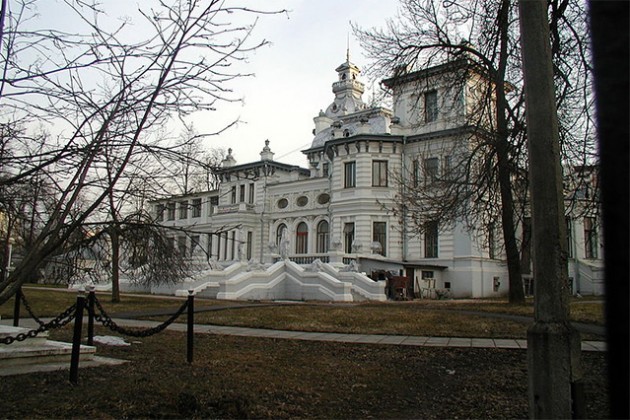
The history of Khovrino - a kind of labyrinth of stories and fates. One of the owners of the estate was Prince Obolensky, and his grandson Yevgeny was involved in the Decembrist revolt, for which he was sent out to Siberia. And his father, Peter, sold the estate to Natalia Stolypina, the younger sister of Mikhail Lermontov's grandmother. One of the heroes of the "Khovrino" story happened to be even Pushkin. Guard Colonel Zhemchuzhnikov Luka, the co-owner of Khovrino, (a passionate and successful card player) once lent money to Pushkin. The sum was " 12 500 Rub. in government bills with the interest for 2 years". Pushkin, the player himself, had no means to repay the debt owed to Khovrino owner, neither in 2, nor in 5 years. And only the sudden death of the poet plus the Tsar's custody could solve the problem.
Luka Ilich, being lucky in cards, became richer. He rebuilt the old house in Khovrino, the outbuildings, the temple and the garden with bridges, the grottoes and the orangery. After the death of his only 24-years-old son, he constructed Znamenskaya Church. Later the buildings and the park were bought by the contractor and the merchant Panov. The next owner was merchant and industrialist M. S. Grachev (hence the second name of Khovrino - Grachevka). He invited a famous architect Leo Kekushev, who in the 1890's built the main mansion, similar to the casino in Monte Carlo.
The estate Sviblovo (Lazorevy Ave., 13 and 15) - one of the oldest and best preserved manors (in its already nineteenth century look). It is mentioned in the Charter of the Moscow Prince Vasily I in 1423 as a village on the bank of the Yauza river - Fedorovskoye, named after its owner - boyar Fyodor Sviblov from the "inner circle" of Dmitry Donskoy. Sviblov headed the unprecedentedly rapid construction of the Moscow white -stone Kremlin, hence the first name of one of its towers - Sviblov tower, starting from 1633 - Vodovzvodnaya (Water) tower.
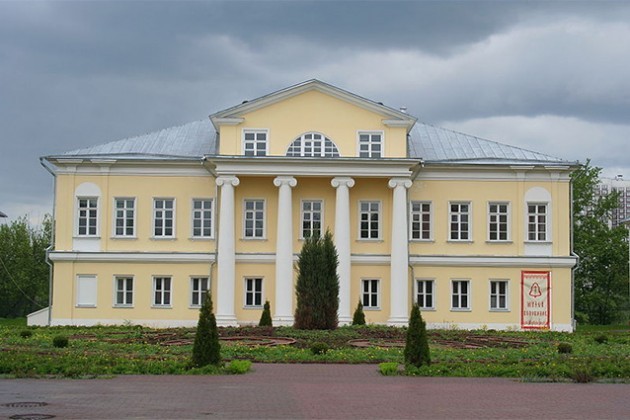
In the Time of Troubles for participation in the defense of Moscow Sviblovo was given to Lev Pleshcheyev already as hereditary possession of the patrimony. Later it passed to Pleshcheev's relative Cyril Naryshkin, a close associate of Peter I and the relative of the king through his mother. During the reign of Peter he actively rebuilt Pleshcheev's chamber and in 1708 constructed the Church of St. Trinity with the bell tower. Everything was made in the style, called "Naryshkin Baroque".
In the XIX century the estate Sviblovo was bought by a rich man, well-know merchant Kozhevnikov, who made it famous throughout Moscow. Lush public festivities were arranged here. The merchant built a cloth factory, nail and ammunition producing factories, a bakery, two retail shops and a tavern. The spirit of idle and quiet, picturesque aristocratic mansions, the atmosphere of Paradise and aristocratic family nest were leaving this place. Now, it was transformed into the place, where some people were making money and the working people could work and walk!
The genius-tragedian actor Pavel Mochalov, famous singers and dancers were performing in Sviblovo. But the greatest impression was produced by the famous Gypsy singer Stesha, Stepanida Sidorovna Soldatova. Her contemporary wrote about her: "She is like a nightingale. Thousands of small bells are tinkling and shimmering in her throat."
Her daughter Olga, a singer from the "Sokolovsky chorus at Yar", was bought out by loving her Pavel Nashchokin. He was a friend of Pushkin, who was the godfather of his daughter. Later he left Olga with two children. Such a "cruel romance".
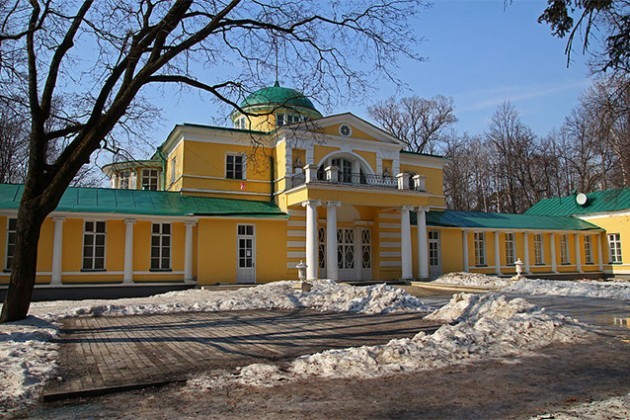
Bratsevo - the North of Moscow, near the Ring Road . Its main attraction - an old mansion (Svetlogorsky pas., 13). This is one of the most unknown country estates of Moscow. The story goes from the Time of Troubles, when in 1608 Lzhedmitry, Tushino thief, camped between the rivers Vskhodna and Himki. Passing from hand to hand, in 1695 Bratsevo was granted to Cyril Alexeevich Naryshkin.Cyril Alexeevich was an energetic courtier, but he let the estate to fell into decay. His son Semion sold Bratsevo to his sisters. One of them, Sophia, was married to Baron Stroganov, and as a result, the estate went to their son Alexander Stroganov, the future President of the Academy of Arts.
The general view of Bratsevo was identified by the famous architect of the Kazan Cathedral in St. Petersburg Andrei Voronikhin (according to a legend, the illegitimate son of Stroganov). The new owner loved the art and metallurgy. The Empress Elizaveta Petrovna favored him and found a bride for him - her relative Anna Vorontsova. Anna's life was short, and her widower quickly consoled himself by marrying Ekaterina Trubetskaya. The young couple lived abroad, their son was born there. But when they returned... The beauty-wife fell in love with a young adjutant General, the favorite of the Empress Ekaterina, the handsome I. N. Rimsky-Korsakov.





